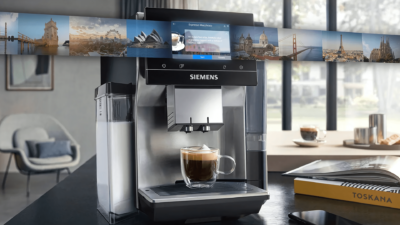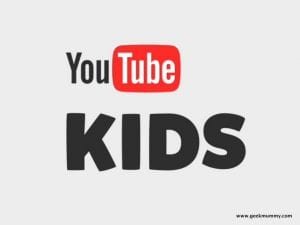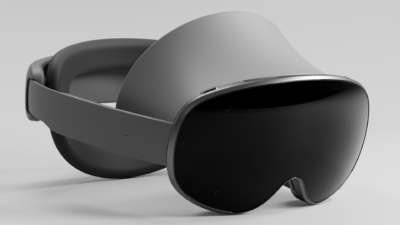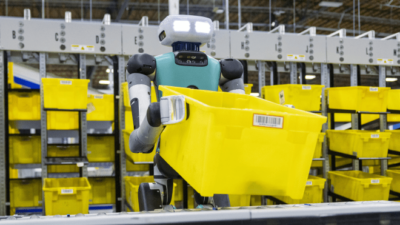Smart House Trends in 2023 And Beyond

The houses are the future will all be smart houses as the Internet of Things (IoT) becomes more prevalent in our lives, and these are the predicted trends for 2023 and beyond.
The Future Of Smart Homes In 2023 Is Bright!
Although smart homes were already gaining popularity before the pandemic, the work-from-home environment created by successive lockdowns created the perfect opportunity for these technologies to be integrated even more into everyday life. In fact, a trend analysis which was undertaken by the data analytics company Omdia indicates that Smart Home Technologies have a bright future indeed! What is attractive about these smart solutions is that they ensure that the everyday running of a person’s home is more efficient, safer, and easier by reducing energy consumption, improving home safety, increasing security, and automating mundane household tasks.
There is a question that has yet to be answered, however, and that is which systems and devices will come to dominate the market. As it stands right now there is no clear winner and developers who are wanting to create new smart home products and software integrations need to first overcome the many connectivity, installation, interoperability, and cybersecurity questions that are currently part of the industry.
But there is a (bright) light at the end of the tunnel and that is the advancements in wireless connectivity, edge computing, and artificial intelligence which are changing the future of smart homes in so many different ways. The report from Omidia mentioned above identifies and explores in depth some of these advancements and what they mean to future home living environments. This report, which we will summarise below, firmly puts that the ideal state of the smart home market will:
“Combine device data and electrical and water usage as part of integration schemes with utilities to provide actionable intelligence. AR and proactive digital assistants lead seamless integrations of devices in a household. AI and computer vision enhance user experiences and improvement in capability. Neighborhood-wide networks allow users to expand smart home/IoT technology beyond the home.”
What are the Current Smart Home Trends?
Although the full Omnia report is highly detailed and worth reading in its entirety, for ease of consumption within the scope of this article we will highlight some of the ones which are tipped to have the biggest impact on the smart home market.
Wireless Technology Choices & Matter IoT is Key
Wireless tech is now available in low-cost and high-performance formats and this has boosted the development of the IoT and allowed for new tech such as Amazon Sidewalk to permeate the market and for existing technologies to expand their market share.
The sidewalk is in fact a new generation of Sub-GHz solution from Amazon which enables extended device range within a distributed network similar to cellular/mobile. In Amazon’s own words, it calls Sidewalk:
“A shared network that helps devices like Amazon Echo, Ring Security Cams, outdoor lights, motion sensors, and Tile trackers work better at home and beyond the front door. When enabled, Sidewalk can unlock unique benefits for your device, support other Sidewalk devices in your community, and even locate pets or lost items.”
This means that the smart home concept can now advance beyond the threshold of the home and into the entire neighborhood.
But there is a problem that has also been highlighted with this quick expansion of IoT intent, and that is the fact that all of these improvements have resulted in connectivity system confusion, and a need for a home automation connectivity standard is needed. This is where Matter comes into play, as Matter is the (royalty-free) home automation connectivity standard that is being put into place to ensure a global unification of IoT connectivity across the multiple smart home ecosystems and protocols.
While improvements in wireless access networks and the introduction of new protocols provide a wide range of connectivity options for the Smart Home market, this abundance has resulted in a proverbial spaghetti mess. Matter, which is a royalty-free home automation connectivity standard, seeks to address this problem by unifying IoT connectivity across the different ecosystems and protocols.
The Omdia report makes it clear that the implementation of Matter will be the largest contributor to Smart Home growth, and should, in theory, see the replacement of Bluetooth in certain smart home applications.
One of the most obvious areas in which the introduction of the IoT into everyday home life has already occurred is online gaming. It has fundamentally changed the way game developers and software companies build games allowing conventional mobile phones to replace expensive game consoles and desktop PCs with Apple or Android-powered mobile devices.
This means that instant entertainment is just a swipe or tap away and includes access at home or on the go to games video games such as Call of Duty: Mobile (Activision), Pokémon GO (Niantic / The Pokémon Company), and even next-generation mobile casino video pokies such as Tomb Raider: Secret of the Sword (Microgaming). This revolutionary new way of gaming online has allowed for the monetisation of gaming culture in much the same way that real money online poker in Australia and other countries has been doing for decades. It’s literally gamified commerce and wrapped purchasing entertainment online into a single convenient process.
Artificial Intelligence
The evolution of smart home integration will also have to include AI support with decision-making. For example, real-time energy consumption can be monitored and optimized by an AI to help reduce it without impacting lifestyle. The AI will do this by accessing live data and using AI analytics to support background homestyle decision-making on an ongoing basis. This would include controlling everything inside a smart home through predictive maintenance, including the refrigerator, the oven, the microwave, or home alarm systems.
Although we’ve only highlighted two of the smart home trends of 2023 in this article there is so much more covered in the Omnia report which you can access here. If this article was of interest to you we suggest that you take a look at it.
Research Snipers is currently covering all technology news including Google, Apple, Android, Xiaomi, Huawei, Samsung News, and More. Research Snipers has decade of experience in breaking technology news, covering latest trends in tech news, and recent developments.












